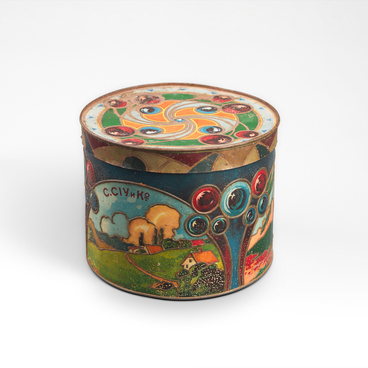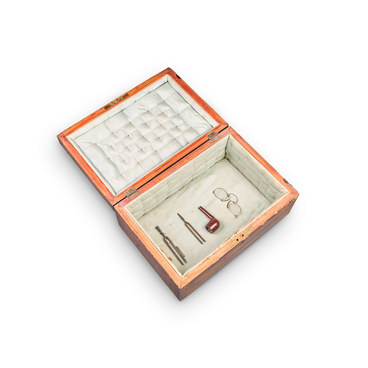In 1911, for the celebrations in honor of the canonization of St. Joasaph of Belgorod, photo artist Alexei Mikhailovich Ivanitsky took a series of photographs depicting the city. The postcard “Greetings from Belgorod” contains miniature photographs with a general view of Belgorod, the women’s gymnasium, the Holy Trinity Cathedral, the Weinbaum Hotel, and the railway station.
The building of the women’s gymnasium was constructed in Belgorod on Novoselovskaya Street in 1904 under the direction of the architect Alexander Alexandrovich Novikov. In 1911, about 600 girls were studying at the gymnasium. To enter the institution, they had to pass exams, meaning the girls already needed to have basic knowledge in arithmetic, Russian language, reading, and the Law of God.
In the center of the city stood the Holy Trinity Cathedral, which was consecrated in 1707. In 1833, it was converted into a second-class communal men’s monastery. The cathedral housed two main, highly revered relics: the miraculous icon of Nicholas Ratny and the incorrupt relics of Bishop Joasaph (Gorlenko) of Belgorod and Oboyansk.
Another city landmark was the building of the hotel and printing house owned by merchant A.A. Weinbaum, located on Emperor Nicholas II Street. In the early 20th century, it was considered the best hotel by contemporaries, featuring a telephone and a bathroom. The printing house provided significant income for Weinbaum. There, postcards of Belgorod landmarks were produced, along with posters, forms, announcements, envelopes, wedding and business cards.
In 1870, a railway station building was constructed in Belgorod. At the beginning of the 20th century, the first floor of the station housed waiting rooms for passengers, a buffet, a bookstall, a postal and telegraph office, a ladies’ room, and the reception room of the duty doctor. The station served passengers in four directions: Kharkov, Kursk, Volchansk (Kupyansk), and Sumy. The entrance for passengers was organized from the station square, with an exit to the platform located inside opposite the entrance.
Postcards with views of Belgorod, capturing the
unique appearance of the provincial city, were particularly popular at the
beginning of the 20th century.


